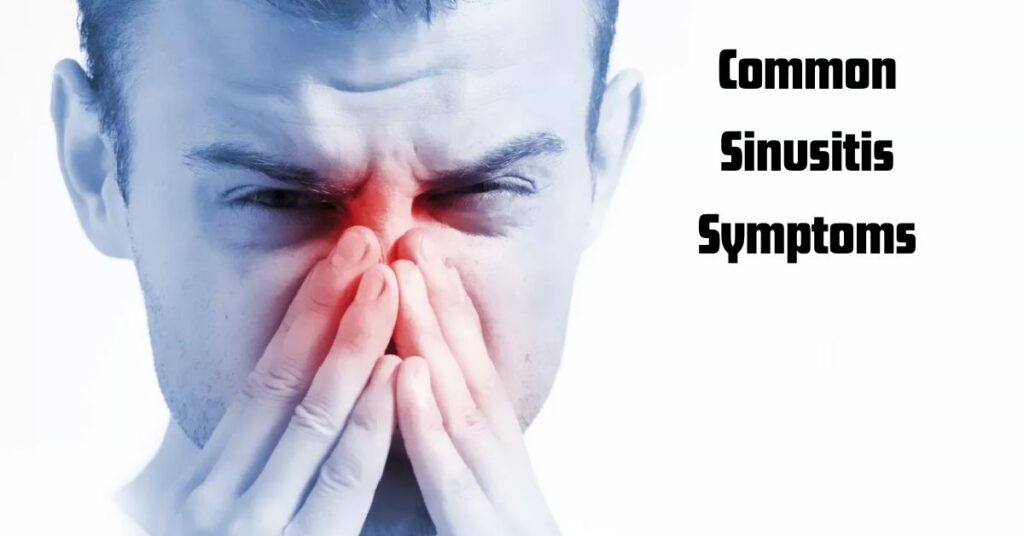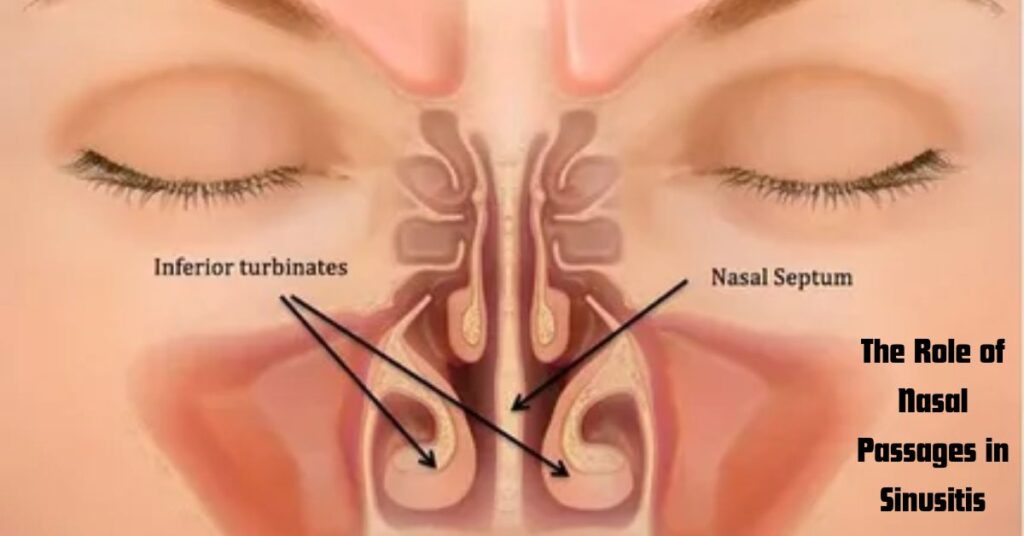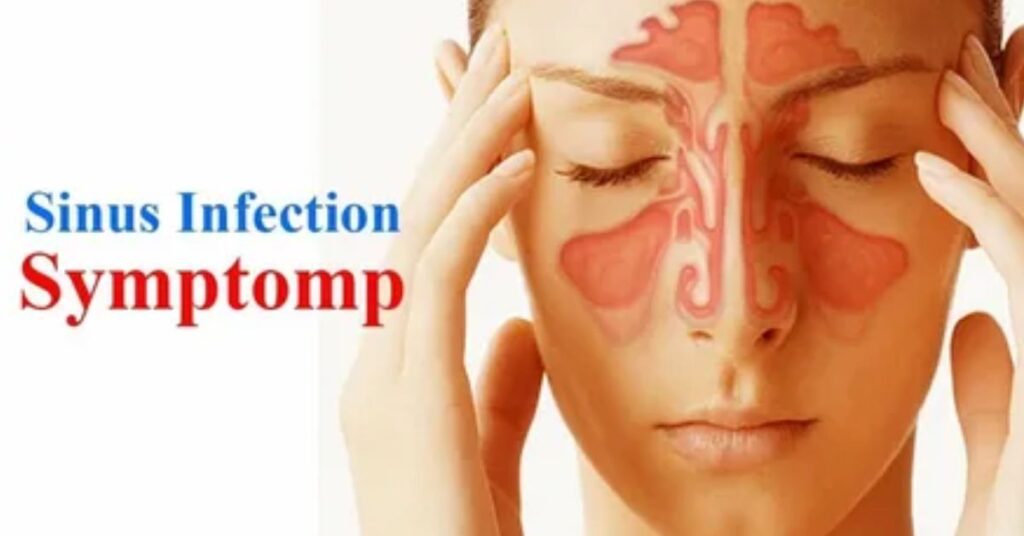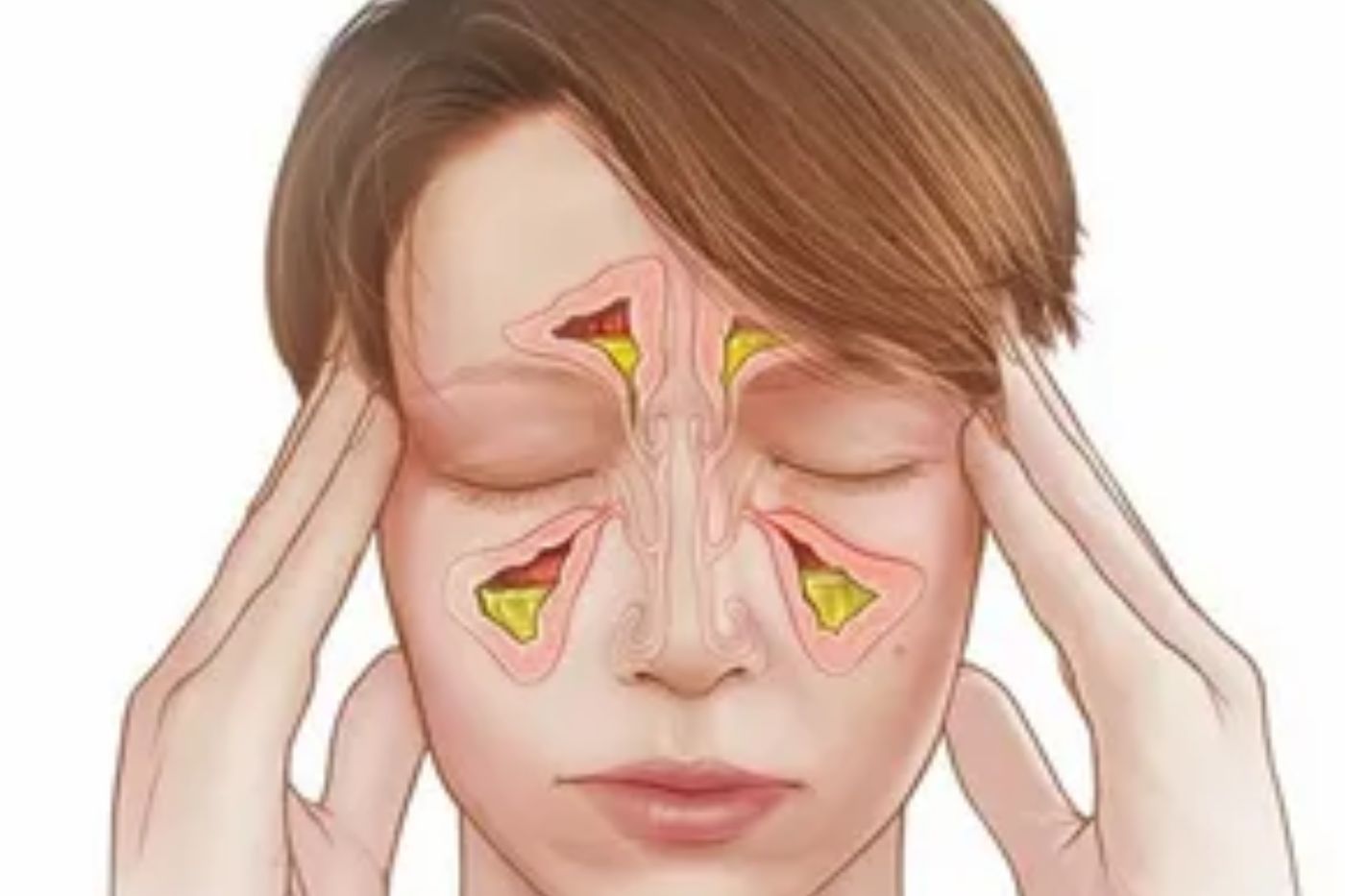Sinusitis symptoms can be quite disruptive and often lead to discomfort. This condition arises when the sinuses become inflamed or infected. Understanding these symptoms is essential for effective management and treatment.
Sinusitis can be acute or chronic, each presenting unique challenges. Acute sinusitis typically resolves within a few weeks, while chronic sinusitis can persist for months. This article explores the various symptoms associated with sinusitis and offers insights into their causes and treatments.
By delving into sinusitis symptoms, we aim to provide valuable information for those affected. Recognizing these symptoms early can lead to better outcomes and improved quality of life.
Overview of Sinusitis
Sinusitis is an inflammation of the sinuses, often caused by infections or allergies. It can lead to various symptoms that impact daily activities. Understanding sinusitis is crucial for recognizing its symptoms.
The sinuses are air-filled cavities located in the skull. They help to regulate air pressure and produce mucus. When these cavities become inflamed, they can cause discomfort and pain.
There are two primary types of sinusitis: acute and chronic. Acute sinusitis often results from a sinus infection, while chronic sinusitis may persist due to ongoing inflammation.
Common Sinusitis Symptoms

Sinusitis symptoms can vary widely among individuals. Some of the most common symptoms include nasal congestion, which makes breathing difficult. A blocked nose can lead to discomfort and pressure in the face.
Facial pain is another frequent complaint. Many experience pressure or pain in the forehead, cheeks, or around the eyes. This discomfort often intensifies when bending forward or lying down.
Postnasal drip occurs when mucus drains down the back of the throat, causing irritation. This can lead to a persistent cough and throat discomfort. Recognizing these symptoms early can help in managing the condition effectively.
Chronic Sinusitis Symptoms
Chronic sinusitis, also known as chronic rhinosinusitis, can lead to persistent symptoms that significantly impact quality of life. Individuals may experience nasal polyps, which are soft growths in the nasal passages that can block airflow.
Chronic nasal congestion can be persistent and may require ongoing management. Many people also report a reduced sense of smell or taste, which can be frustrating and affect their enjoyment of food.
These symptoms can lead to frustration and discomfort. Understanding the nature of chronic sinusitis is vital for effective treatment. Seeking medical advice can help in managing these long-term symptoms.
Acute Sinusitis Symptoms
Acute sinusitis symptoms usually appear suddenly and can be quite severe. They may include a rapid onset of symptoms, often following a cold or allergy. This sudden change can catch individuals off guard, making it important to recognize the signs.
Thick nasal discharge is common in acute sinusitis. This discharge may be yellow or green, indicating a bacterial infection. Increased facial pressure around the eyes, cheeks, or forehead is also a hallmark of acute sinusitis.
Treatment for acute sinusitis often includes medications to alleviate symptoms and address any underlying infections. Recognizing these symptoms promptly is essential for successful intervention.
The Role of Nasal Passages in Sinusitis

The nasal passages play a crucial role in respiratory health. They are responsible for filtering, humidifying, and warming the air we breathe. Sinusitis symptoms often arise from issues within these passages, leading to nasal inflammation and blockage.
When the nasal passages swell, they can obstruct airflow and drainage. This blockage can result in difficulty breathing and increased pressure in the sinuses. Understanding how nasal passages function helps in recognizing the impact of sinusitis on overall health.
Effective management of nasal passage health is vital for preventing sinusitis symptoms. Maintaining good hygiene and avoiding irritants can promote better nasal function and reduce the risk of inflammation.
Recognizing Other Symptoms of Sinusitis
In addition to the primary symptoms, sinusitis can cause other issues. Headaches are common and are often described as sinus headaches due to the pressure in the sinuses. This can result in significant discomfort and may require pain relief.
A persistent cough may develop due to postnasal drip. This irritating cough can disrupt daily activities and sleep. Fatigue is another symptom that many experience, often due to the body fighting off an infection.
These additional symptoms can further complicate the experience of sinusitis. Awareness of the full range of symptoms is vital for effective diagnosis and treatment. Seeking medical help can provide relief and improve the quality of life.
Sinus Infection Symptoms

Sinus infection symptoms are closely related to sinusitis symptoms. Common signs include thick nasal discharge, which often indicates a bacterial infection. Individuals may also experience facial pain or tenderness, particularly when bending forward.
Fever can accompany sinus infections, indicating the body’s response to infection. Recognizing these signs can be crucial for determining the right treatment. Early intervention may help to prevent complications.
Understanding the specific symptoms of a sinus infection can aid in timely diagnosis. This is essential for effective management and recovery from the infection.
Postnasal Drip and Its Impact
Postnasal drip is a common symptom associated with sinusitis. It occurs when mucus drains from the sinuses down the back of the throat, leading to throat irritation. This can result in a scratchy throat and persistent cough.
The accumulation of mucus may also contribute to bad breath, which can be socially distressing. Addressing postnasal drip is important for overall comfort and health. Effective treatment options can help alleviate this uncomfortable symptom.
Recognizing the signs of postnasal drip can lead to better management strategies. This may include hydration and the use of saline nasal sprays to thin mucus and promote drainage.
Swelling Around the Eyes

Swelling around the eyes can occur in cases of sinusitis, particularly when the sinuses are severely inflamed. This condition can cause facial swelling and tenderness around the eyes. Individuals may experience eye pain and pressure as a result of sinus inflammation.
This swelling can be alarming and may lead to concerns about other conditions. Understanding that it can be a result of sinusitis is crucial for appropriate management. If swelling persists or worsens, medical attention is recommended.
Managing sinusitis effectively can help reduce the risk of complications like swelling around the eyes. Treatments may involve medications to alleviate inflammation and manage symptoms.
Read this Blog: Eye Anatomy: A Deep Dive into the Human Eye
Final Words
Understanding sinusitis symptoms enhances our ability to manage this common condition. Each symptom contributes to the overall experience of sinusitis and can significantly impact daily life. By recognizing these symptoms early, individuals can seek appropriate treatment and improve their quality of life.
Regular check-ups with healthcare providers can help monitor sinus health. Effective management strategies, including medications and lifestyle changes, can alleviate symptoms and prevent recurrences. Taking proactive steps is essential for maintaining sinus health.
In conclusion, awareness of sinusitis symptoms is vital for effective management. With timely intervention and proper care, individuals can lead healthier, more comfortable lives.
Frequently Asked Questions
What are common symptoms of sinusitis?
Common symptoms include nasal congestion, facial pain, and postnasal drip.
How can I manage sinusitis symptoms at home?
Home remedies include steam inhalation, saline nasal sprays, and staying hydrated.
When should I see a doctor for sinusitis?
Seek medical attention if symptoms persist for more than 10 days or worsen significantly.
Can sinusitis cause headaches?
Yes, sinusitis can lead to pressure headaches due to inflammation in the sinuses.
What treatments are available for sinusitis?
Treatments may include medications like decongestants, antihistamines, and antibiotics if a bacterial infection is present.

Zade Smith is a Proficient writer on TechsBlip, dedicated to delivering high-quality content that bridges the gap between medical research and accessible, reader-friendly guidance. With a keen interest in promoting healthy lifestyles and disease prevention, Zade’s writing offers expert insights, actionable tips, and evidence-based information to help readers make informed decisions about their health and wellness

